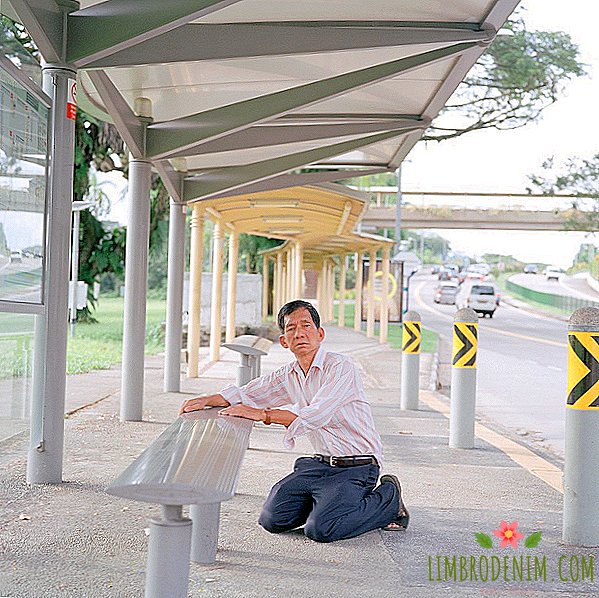"Singapore": Sleeping areas of the brightest cities in Asia
EVERY DAY PHOTOGRAPHERS AROUND THE WORLD looking for new ways to tell stories or to capture what we previously did not notice. We choose interesting photo projects and ask their authors what they wanted to say. This week is the Singapore series of photographer Nguana, who grew up in Singapore and lives in New York. Nguan graduated from Northwestern University in Illinois and first studied film. For the Singapore series about the present city, Nguan used the quotation by Stewart Brand - the one who was inspired by Steve Jobs and whose magazine Whole Earth Catalog perpetuated the phrase "Stay hungry. Stay foolish".
I filmed a series in the old districts of the city, mostly in public housing areas where most Singaporeans live. Perceptions of Singapore are full of stereotypes - that is a modern, brilliant, immaculate and soulless city. What is real Singapore? I myself am not very sure I know. Most likely, this is a young and rapidly changing city-state, which is torn between the past and the future. In fact, my series also speaks of this - about the tension between old and new Singapore. I think of a country as a teenager who wants to portray her innocence and grace and at the same time her awkwardness and confusion in the face of things to come. The quotation, which is titled the series, from Stewart Brand’s How Buildings Learn, What Happens After They're Built: “Children paint at home as unconsciously as they paint faces. No matter where they actually live, most they paint the same house: one story, a door in the middle, two windows on each side, a sloping roof that can be seen from the front, a central chimney with a whirlwind of smoke and a path leading to the door. "
Although I was born and lived in Singapore, I was educated in Chicago some time ago, and after that I went to New York, where I was going to continue my film career. But I began to lose faith in stories with fictional ties and denouements. Instead, I became interested in photography and fell in love with the impressive potential of a still image. Each of my photos is the middle of the story. Unlike cinema, what happens before or after every situation in a photo is completely subject to the viewer's imagination.
In most cases, my photos tell about life in big cities - a common theme of loneliness and anguish, which falls to the lot of all of us living in capitals. Although in my work a lot of topics and ideas, for me the emotional contact of the viewer with photographs is more important, not intellectual. More than anything, I want my audience to feel.




















www.nguan.tv




